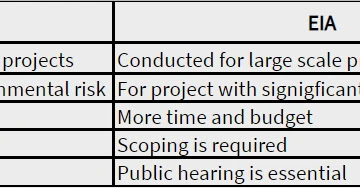What is Cavitation ?
Cavitation is a phenomenon that arises when the pressure of a liquid drops below its vapor pressure, causing the formation of vapor bubbles or cavities. Pressure drop may occur in the region of high flow velocities, for eg. at the exit of turbine runner. As the water flows through the turbine, its velocity increases. And according to Bernoulli's principle, an increase in flow velocity causes increase in velocity head and hence decrease in pressure head since the total head always remains constant.
What Causes Cavitation in Turbine ?
When prevailing pressure falls towards vapour pressure of liquid, water starts vaporising and at the same time, normally dissolved gas gets liberated due to low ambient pressure. The water vapour and the liberated gas thus forms minute microscopic bubbles in the flowing water. When these bubbles get transported to the zone of higher pressure which is high enough to overcome the surface tension of bubbles, they get collapsed. When millions of such bubbles collapse simultaneously, a shock wave similar to water hammer but of short duration is produced which slowly causes erosion of concrete and metal surfaces.
What are Harmful Effects of Cavitation in Turbine ?
- Erosion of concrete and metal surfaces.
- Vibration and noise of machine parts
- Loss of material due to pitting
- Reducing the actual volume of liquid due to formation of bubbles
How to avoid Cavitation in Turbine ?
- A careful streamlined design of flow passage of the runner and draft tube.
- The sub atmospheric pressure at runner exit should be kept resonably above the vapour pressure limit.
- By using metals more resistance to cavitation damage.
- By periodic inspection and maintenance of turbine.









